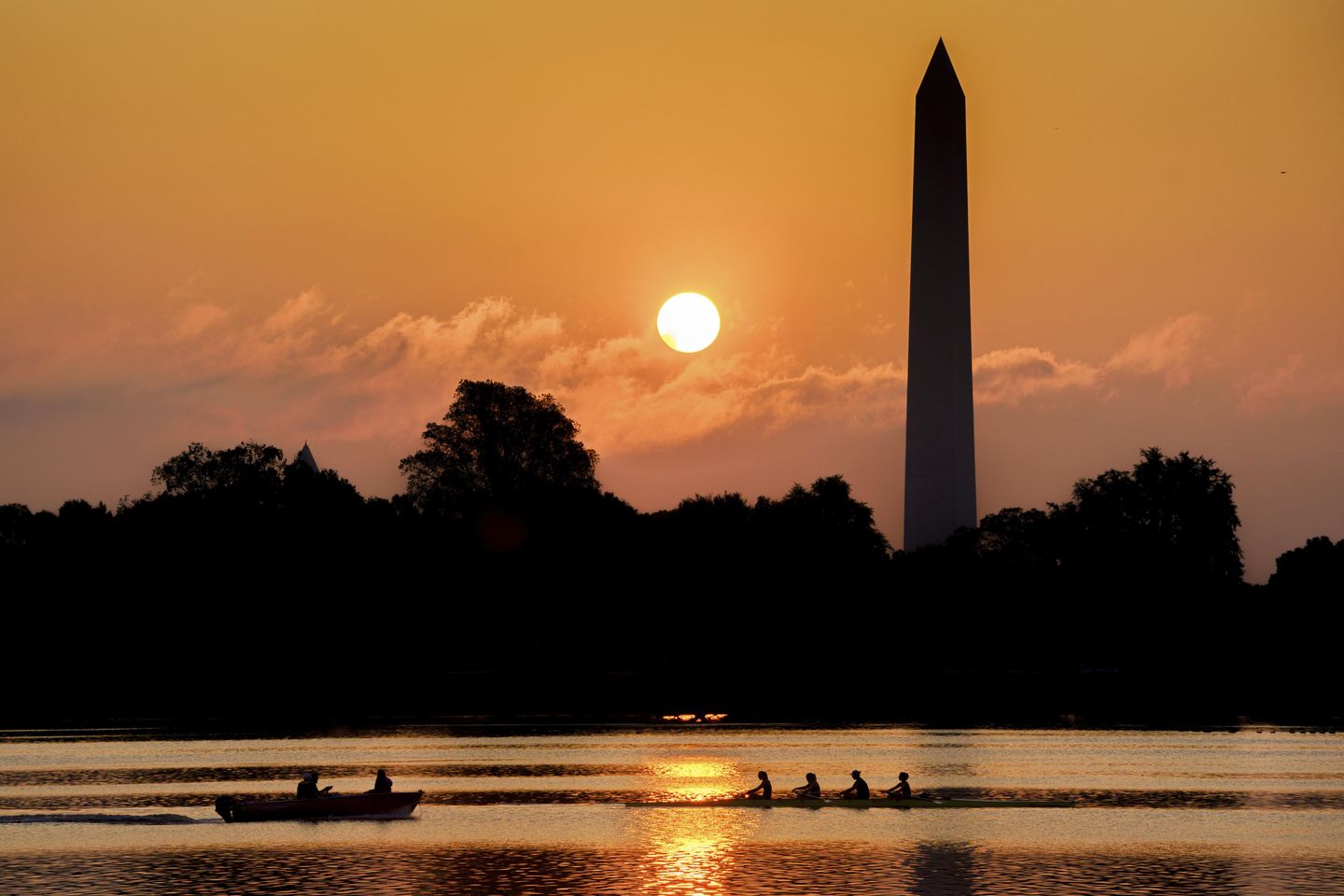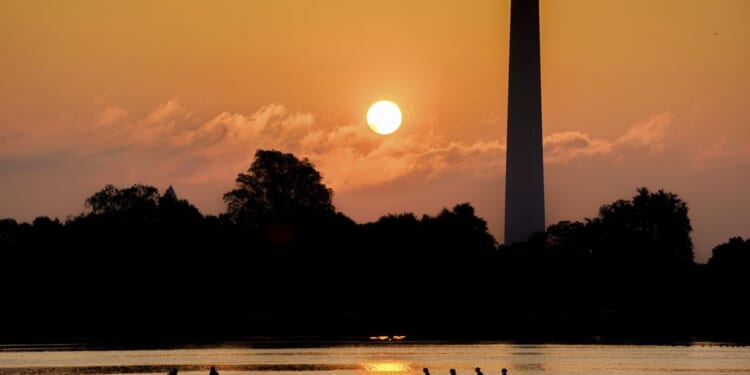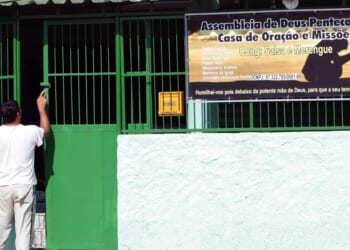
The Potomac is unsafe for swimming, and its fish are still unsafe to eat, a nonprofit land trust said in a report card it issued Wednesday.
The Potomac Conservancy’s B grade does reflect progress over the years — it gave the river a D in 2011 — but that progress has slowed down.
“It’s undeniable that the river’s comeback has hit a plateau. In the last decade, the Potomac’s overall health has stopped improving. The hard truth is that the river that supplies drinking water to 5 million people still isn’t reliably safe for swimming or eating its fish,” Potomac Conservancy President Hedrick Belin said.
This year, it said, is the fifth straight time the Potomac River’s water quality merited a B following the report cards issued in 2016, 2018, 2020 and 2023, according to Washington’s WJLA-TV.
Runoff and deforestation, the group says, are key problems yet to be solved.
“We combat polluted runoff and climate impacts by strengthening the region’s natural defenses. … Trees are nature’s best solution to water pollution and climate extremes,” Mr. Belin said.
The level of some pollutants, including nitrogen, phosphorus and sediment in general, continues to decrease following years of cleaning up the Potomac. Deforestation and freak weather events, however, are driving an increase of urban runoff, another source of pollution.
The conservancy praised the planting of more trees as buffers for the river and the protection of 245,000 acres of farms and forest near the river. Virginia has planted 300 new miles of forest buffers, though Maryland planted only 40 miles and West Virginia 13.1 miles, the Potomac Conservancy said.
Fish populations are also struggling due to the quality of the underwater habitat, including smallmouth bass and dwindling populations of striped bass and white perch. The shad population, on the other hand, remains stable.
















